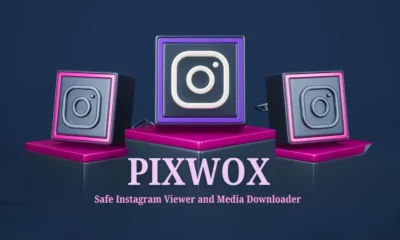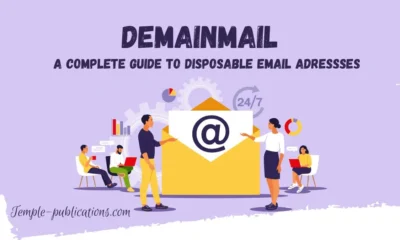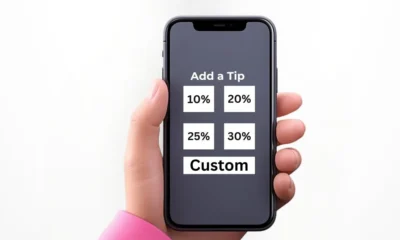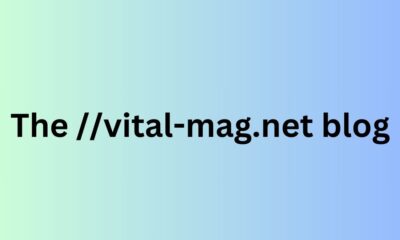GENERAL
Boborite Symbol: The Ancient Geometry of Spiritual Connection
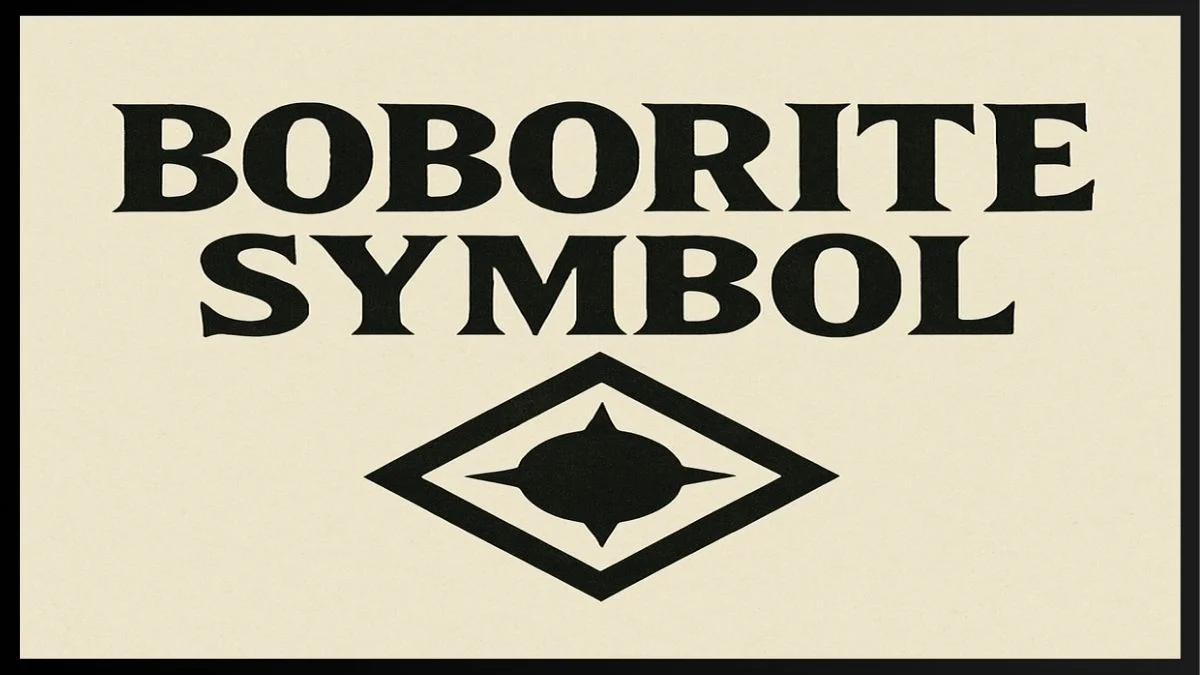
Some symbols speak loudly through history books. Others, like the Boborite, whisper through time, inviting seekers to lean in and listen. This curious emblem has sparked fascination across spiritual and artistic circles, even as its precise origins remain shrouded in mystery. But one thing is clear—it resonates. Whether viewed as an ancient code, a spiritual GPS, or a portal for personal growth, the Boborite symbol stands at the intersection of mystery and meaning. In this article, we dive deep into its layers, geometry, and relevance, offering you a lens to see beyond the visible and feel the hidden.
What Is the Boborite Symbol?
The Boborite symbol is not just a shape—it’s a whisper from the cosmos. Composed of interwoven geometric designs, it’s often seen as a visual map of energy, intention, and universal order. While its exact origins remain cloaked in mystery, its message is clear: we are connected. The symbol speaks to both the intellect and the soul, making it popular among spiritual seekers, energy workers, and artists alike.
Common Elements in the Symbol:
- Central Core – representing the self or divine source
- Radial Lines – reflecting outward growth and connection
- Geometric Harmony – balancing form and flow
Origins and Historical Roots of the Boborite Symbol
Though cloaked in mystery, the Boborite symbol may trace its spiritual lineage through threads of indigenous art, ancient carvings, and esoteric teachings. Some researchers connect its swirling lines and balanced geometry to sacred symbols in Mesoamerican, Aboriginal, or African traditions, used in ceremonies to communicate with the divine. Others suggest it’s a lost artifact from a forgotten civilization that revered geometry as language. Without a single documented origin, the Boborite symbol remains a beautiful anomaly: timeless, universal, and spiritually rich. Its vagueness isn’t a flaw—it’s an invitation to explore multiple cultural tapestries and uncover personal meaning within its form.
Spiritual and Mystical Significance
A Boborite symbol functions as an energetic key that helps people access profound cosmic understanding along with spiritual self-knowledge. The Boborite functions as a spiritual instrument for achieving higher awareness by revealing our existence beyond physical and mental aspects. Just like ancient talismans, it possesses energetic imprints that elevate consciousness and bring clarity during times of chaos.
Spiritual Symbolism Includes:
- Inner Empowerment – A reminder of personal sovereignty
- Unity Consciousness – Merges self with the collective whole
- Cosmic Navigation – Used in visual meditations to access higher realms
Decoding the Geometry: Patterns and Sacred Shapes
Geometry isn’t just math—it’s magic in motion. The Boborite symbol is a blueprint of sacred shapes, where every line is intentional and every angle breathes meaning. Spirals suggest growth, circles evoke wholeness, and intersecting triangles whisper of harmony between the material and the spiritual. At its heart lies a balance between symmetry and flow—a visual dance between logic and intuition. The symbol doesn’t scream for attention; it draws you in with quiet precision, reminding us that behind every design lies a deeper order. Understanding its geometry isn’t about memorizing forms—it’s about feeling their resonance within your inner architecture.
Boborite Symbol vs. Other Sacred Symbols
From a historical perspective, the Boborite symbol maintains its sacred roots with ancient emblems, although it follows a unique pattern of expression. Boborite differs from the Flower of Life and Metatron’s Cube since it emphasizes energetic flow and individual growth rather than structural creation patterns.
Key Differences and Similarities:
- Boborite vs. Flower of Life – More dynamic and cyclical in feel
- Boborite vs. Sri Yantra – Less rigid, more emotionally intuitive
- Boborite vs. Mandalas – Shares the spiritual spiral but with more symbolic fluidity
How the Boborite Symbol Is Used in Spiritual Practices
In sacred spaces, the Boborite symbol serves as more than decoration—it becomes a guide. Many use it during meditation, focusing on its symmetry to quiet the mind and align with deeper truths. Healers trace it over chakras or visualize it to clear energy blockages. Artists and mystics incorporate it into rituals, affirmations, or altar work to amplify intention. Whether chanted silently or drawn with intention, the symbol acts like a spiritual compass, pointing inward toward authenticity. It’s not about believing in magic—it’s about engaging with meaning. The symbol becomes a reminder: your inner world is as sacred as the cosmos.
Modern Interpretations and Popularity
In a world saturated with symbols, the Boborite has carved out a unique space in modern spirituality. Its timeless form and open-ended meaning make it a favorite among energy workers, designers, and even tattoo lovers. Unlike traditional religious symbols, the Boborite offers freedom—it’s deeply spiritual without being dogmatic. For many, it becomes a visual mantra—a reminder of personal evolution, inner peace, or universal connection. It’s mystery fuels its magic, and in the digital age of oversharing, the Boborite offers something rare: a sacred shape that still feels personal.
Psychological Meaning and Archetypal Power
Carl Jung would’ve loved the Boborite symbol—it fits right into his concept of archetypes. It resonates on a deep psychological level, awakening buried memories and illuminating the subconscious. When meditated upon, it can stir the soul, revealing inner truths that lie hidden beneath the daily noise. It’s not just a design; it’s a mirror of the psyche’s structure and potential.
Archetypal Resonance:
- The Self – Central core representing inner wholeness
- The Circle – Eternal cycles and the unconscious mind
- The Spiral – Transformation, growth, and spiritual ascent
Can the Boborite Symbol Enhance Daily Life?
Daily routines start with more focus and clarity when they contain sacred energy. The Boborite symbol serves as a powerful daily anchor when it is intended for specific use. You can experience inner power and spiritual connection through using the symbol as jewelry or drawings, or meditation practice. People employ the Boborite symbol both to focus on the present moment and establish their intentions and envision their desired outcomes. This symbol guides us through chaos by providing a simple, serene way of life, which people both view and permanently maintain in their lives. Through daily practice, these symbols grow to become spiritual friends.
Controversies and Debates Around the Boborite Symbol
As with all mystical things, the Boborite symbol doesn’t escape debate. While many embrace its meaning and use it as a sacred guide, others question its historical legitimacy. Is it truly ancient, or a modern creation with spiritual branding? Some even raise eyebrows about cultural appropriation, depending on where its visual elements draw inspiration from.
Ongoing Discussions Include:
- Authenticity – Is the Boborite rooted in history or imagination?
- Misuse in Commerce – Are we over-commercializing sacred geometry?
- Cultural Sensitivity – Are spiritual designs being taken without context?
Final Thoughts
In a world addicted to speed and distraction, the Boborite symbol reminds us to pause—to see the invisible patterns holding everything together. It’s not just about the past or esoteric knowledge; it’s about the now. This symbol speaks to a generation hungry for meaning, connection, and rootedness. Whether you’re a mystic, a skeptic, or simply curious, the Boborite offers an invitation: to explore, question, and align. In its quiet curves and cosmic symmetry, we find a reflection of ourselves, seeking balance, beauty, and truth. And that’s why it still matters. Because symbols don’t age—only our eyes do.
-

 BIOGRAPHY7 months ago
BIOGRAPHY7 months agoBehind the Scenes with Sandra Orlow: An Exclusive Interview
-

 HOME1 year ago
HOME1 year agoDiscovering Insights: A Deep Dive into the //vital-mag.net blog
-

 HOME1 year ago
HOME1 year agoSifangds in Action: Real-Life Applications and Success Stories
-

 BIOGRAPHY1 year ago
BIOGRAPHY1 year agoThe Woman Behind the Comedian: Meet Andrew Santino Wife



